This week is Catholic Schools Week, and the communities of over 5,000 Catholic schools across the country are celebrating what makes Catholic schools outstanding. Most Catholic schools are also in the middle of re-enrolling their current students and recruiting new students for next year. On a practical level, enrollment is the lifeblood of a Catholic school, so it makes sense that schools put a lot of effort into marketing and messaging, into the recruitment and registration of new students. Some of those same Catholic schools, however, do not put as much passion into the retention of their existing students. Their retention efforts do not extend much beyond their re-enrollment systems, and even those can sometimes be on auto-pilot. If a school is going to have a truly healthy enrollment, retention needs to be about more than just processes. A school’s retention efforts need to be driven by commitment and connection.
Commitment
In our experience, Catholic schools do best if they give a level of time, attention, energy, and creativity to retention efforts as they do to recruiting new students. That means retention is a year-round activity that is collaborative and multi-faceted. We recommend establishing a formal retention committee or task force. This is a group of faculty, staff, and administrators that is responsible for attending to retention throughout the year. They should identify the causes of any enrollment issues, and faculty and staff throughout the school should know that this is the group to be informed if any students or families are dissatisfied. A group like this can bring diverse perspectives to retention, and can also help nurture a culture of retention in their various departments.
In the midst of all the responsibiities and time constraints that come with working in a Catholic school, commitment means that the retention committee chooses to invest time in this important work. The committee members should gather and analyze data (are there particular grade transitions where the retention rate is low?). They should conduct regular satisfaction surveys asking parents in what ways their children are doing well and in what areas they might be having a harder time. And they should conduct exit interviews with families that choose to leave the school.
Connection
Most important, all faculty and staff need to invest time in strengthening connections with students and families. Relationships are at the heart of retention. Students want to be where they feel safe, valued, cared for, and supported. Parents want their kids to feel that way as well. Catholic schools need to be intentional about building connection in every classroom with every student. In addition, because parents are in those classrooms to experience those same connections, schools should be intentional about reaching out to parents as well.
Parents love personal outreach from faculty and administrators. When a teacher, assistant principal, or principal picks up the phone or sends an email telling a parent something good about their child, the parent feels the school sees their child, cares for their child, and has a personal connection. Some schools have had success with sending a written thank-you note to families when they re-enroll, thanking the parents for trusting the school with their child. This can be a sign to parents the school treats its students with joy and gratitude, not taking their enrollment for granted.
Another option is to reach out to a parent to ask them how the year is going for their child and for them. You get lots of great feedback and parents feel that their opinion matters. When a school has a culture of responsiveness and parents feel like partners, they are more likely to be willing to work through concerns or find a way to make things work financially.
Commitment and connection are already at the heart of a Catholic school’s mission and identity and its educational program. Recognizing them as drivers of retention as well can strengthen a school’s enrollment and therefore its overall vitality.

